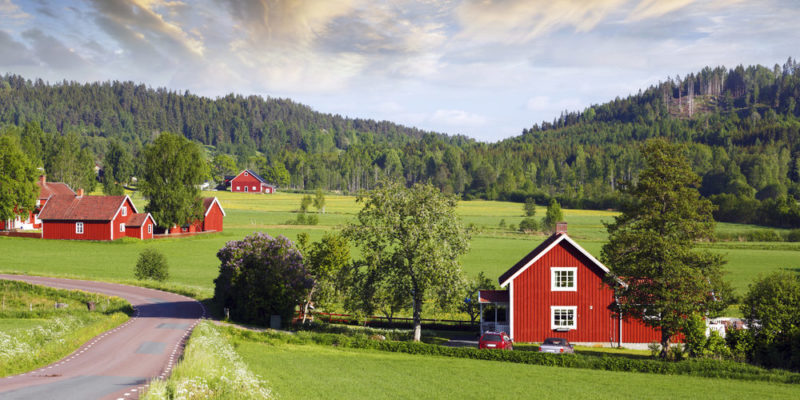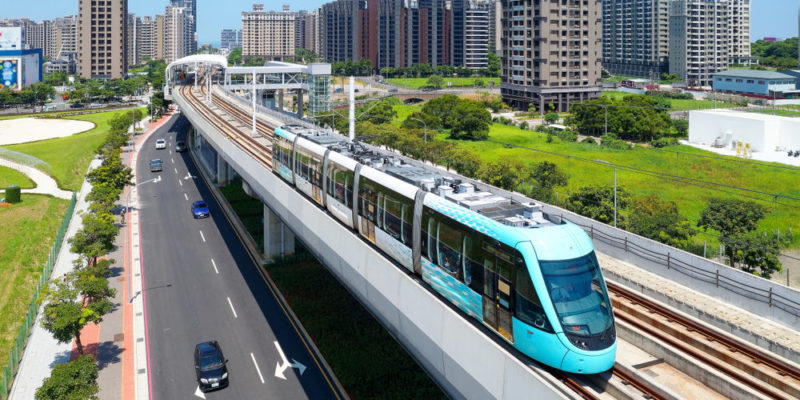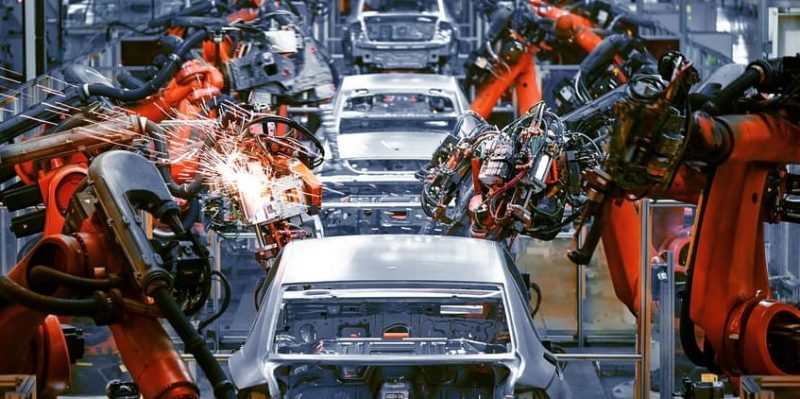We explain what an urban area is and the differences it presents with the rural area. Also, what are its characteristics and classification.
What is an urban area?
When we speak of urban area, urban space, urban environment, urban area, urban nucleus , urban area or urban territory, we refer to the landscape of large or small cities , which already implies certain difficulties in its definition. Generally, a city is a population of a certain (variable) number of people .Regarding economic activity, the following predominate:
- Secondary sector (manufacture of products made from raw materials).
- Tertiary sector (service).
However, sometimes we can also speak of agro-cities , belonging to the primary sector (production of raw materials).
The urban area is the territory occupied by a city and its surroundings . However, it is not simple to delimit the urban area, but it is known that every city has a series of similar features in terms of construction and infrastructure, basic services, population density and surface area.
Although the world's cities occupy only 3% of the available space on the planet , they consume 60 to 70% of its natural and energy resources .
Differences with rural area

Rural areas are those destined for agricultural activity , or that contain wild green spaces (reserves) or recreational areas.
They are less densely inhabited than cities , and in many countries they are far from them.
In some cases, they are devoid of even basic services essential for city life. However, it is common in industrialized countries for the countryside to have been modernized.
Instead, the urban population inhabits denser , more polluted areas that host faster, more vertiginous and stressful life patterns.
While rural areas are generally dedicated to the primary sector of society (production), cities contain the secondary (manufacturing) and tertiary (services) sectors. That is why they are often the centers of financial and political power.
As a consequence, it is common for rural inhabitants to go to the cities to obtain certain services or to comply with certain bureaucratic procedures. In the modern world, cities are the seat of power.
It can serve you: The country and the city
Types of urban areas

Commonly, a distinction is made between the areas that make up an urban nucleus, in this way:
- Urban center or urban area. It refers to the area of the city proper, including its streets, highways, and parks or green areas.
- Metropolitan area. In the case of particularly large cities, their urban area is not limited to a town or center, but covers several kilometers around, encompassing other nearby towns or satellite cities, in what is known as a metropolitan (or suburban) area. .
- Megalopolis. These are urban centers of such size that they remain uniform for hundreds of kilometers around. True mega-cities.
- Suburbs or periphery. Those suburban residential areas, that is, far from the heart of the city, but integrated into it by means of transport. In some cases the term is used to refer to poor or depressed areas, while in others simply areas far from the center.
Urban population

The demographic exchange between different cities is a phenomenon used today. For this reason, the population of cities is generally much more cosmopolitan than that of rural areas.
Cities have internal and external transportation methods that keep them connected to the countryside and to other cities. These connections also allow the urban population to aspire more and more every day to a model of global interconnection, mainly city-dwellers.
Furthermore, the urban population is dependent on the rural area for food , since the vast majority of food is produced in rural agricultural areas.
Due to the distance, for centuries there has been a notorious disconnect between the consumption of processed food and its preparation or its raw material . For example, city children know that milk comes from the supermarket and associate it with a cow, but generally they do not know the milking process.
Furthermore, the urban population lives in much more densely populated areas than the rural population . This is because they are concentrated in vertical buildings rather than in large herds or farms. For this reason, urban populations are more relevant politically (or at least electorally).
Why is the urban area important?
First, urban areas today contain large numbers of politically, socially and economically active population . Furthermore, they represent the emergence of new forms of economic and industrial exercise that are unlikely in rural areas.
The contemporary world, in this sense, has made some cities true axes of the planet's demographic , cultural and economic flow (called global cities).
Products from urban areas

Manufacturing industries (industrial cities) tend to dominate in urban areas . Factories, workshops and other spaces eminently dedicated to work and the transformation of raw materials are common.
These generally urban products thus obtain an added value that increases their price , and provide jobs for sectors of the working class. These products usually belong to the automobile, chemical, textile, assembly, etc. industries.
Another important item in cities is commerce . Related to this, the transport of goods is an activity inherent to the economic exchange between cities or, even, between distant sectors of the same city.
Urban area services
The urban area concentrates various services that it offers to its inhabitants , those of other cities or those of the surrounding areas. Among them is usually the administration of basic services: water , electricity , telecommunications.
In addition, they are education and health centers . On the contrary, these services are usually scarce always minority in rural areas. Within the cities, in addition, waste collection services are provided, always more traditionally managed in rural areas.
Cities are the seat of political power . That is why they concentrate the bureaucratic or administrative management services typical of republican life: identification, regulation, citizen exercise , etc.
Suburban landscape

The suburban landscape is the area of diffusion between the rural and urban areas , that is, the passage from one to the other, usually undefined, diffuse and constantly changing, as the urban landscape changes and the city expands its borders. . It is a landscape of integration between city and country.
Rural spaces
It is known by this name to those regions outside the city that are used for industrial or urban purposes , such as highways, photovoltaic fields, sports facilities, greenhouses, etc. These are not strictly rural spaces, but urban extensions on the outskirts of the city.
Characteristics of rural life

Rural life responds to other rhythms than urban life. In the first place, their days start earlier , according to the agricultural schedule that requires the use of the first rays of the sun , in addition to living with breeding animals and eventual wild species.
It is a healthier life in terms of fresher , freshly extracted food, with little need for daily travel, since the house is usually in the same harvest place or very close. This usually avoids sources of stress , but at the same time it is a very demanding life from a physical point of view.
Urban migrations
In the middle of the 20th century there was a real boom in the global urbanization processes . There was an exodus from rural to urban areas, a product of the seductive way of life of the consumer society.
Another reason for this migration was that in many nations agriculture had not been modernized and still represented traditional ways of life, poor and isolated from the rest of the country.
This influenced the growth of cities and fed the world's urban population. As a consequence, the societies least prepared to receive migrants saw around them a disorderly proliferation of marginal or peripheral neighborhoods, as an alternative for those who could not access a house in the city.
The above content published at Collaborative Research Group is for informational and educational purposes only and has been developed by referring reliable sources and recommendations from technology experts. We do not have any contact with official entities nor do we intend to replace the information that they emit.
MA student of the TransAtlantic Masters program at UNC-Chapel Hill. Political Science with a focus on European Studies. Expressed ideas are open to revision. He not only covers Technical articles but also has skills in the fields of SEO, graphics, web development and coding. .
Leave a reply
Your email address will not be published. Required fields are marked *Recent post

Sport: What Is It, Types, Risks, Features, Characteristics and Examples

Dogs: Emergence, Features, Characteristics, Feeding and Breeds

Story: Definition, Elements, Structure, Features and Characteristics

